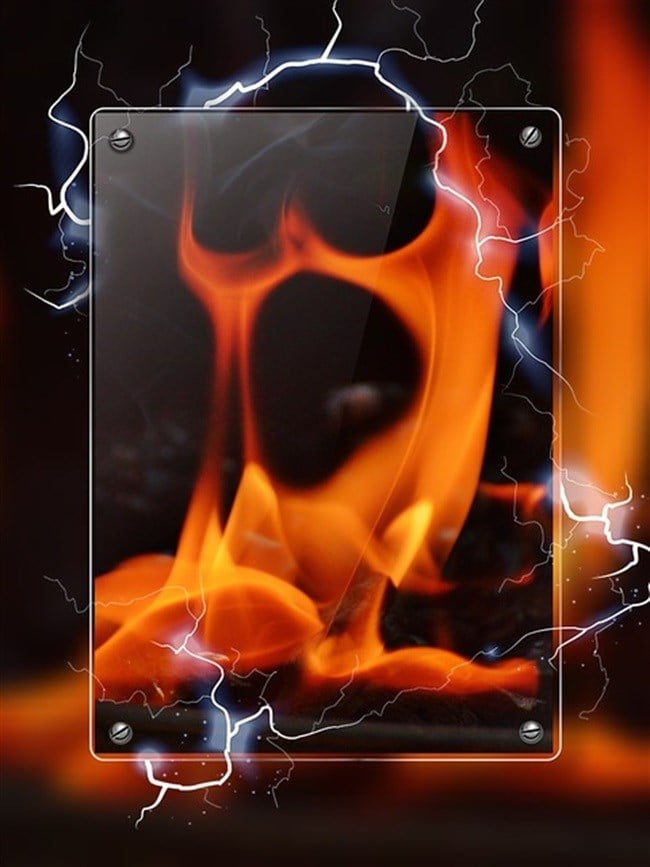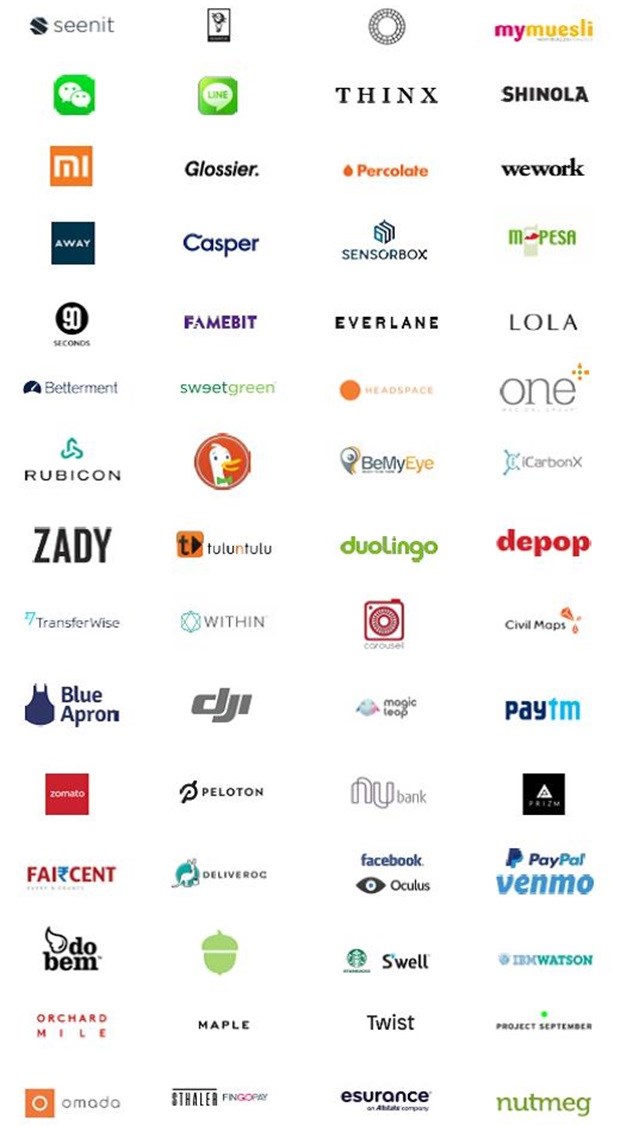Interbrand identifies the global 'Breakthrough Brands' disrupting markets

This new breed of brands are characteristic of the times we are in, says Jez Frampton, Interbrand global CEO. “Breakthroughs reflect the times we are in, the ‘Age of You’, when brands and businesses need to move faster than ever before. That’s because they are expected to move at the speed of people’s demands - at the speed of their lives. It’s an age defined by the fact that people want to be in control or, more specifically, to personally design the lives they want to live. And people are using brands to do it, because brands are the vehicles through which things happen.
“Growth is a natural, human force that compels us to push, disrupt, challenge, and change - to drive humanity forward. And as inherent as it is to people, it’s critical for brands and businesses. Whether it’s about upping the bottom line, expanding reach, connecting to more people, building stronger cultures, solving a critical problem, or even gaining investment that propels an idea forward, breakthrough brands are all about growth.
“Breakthroughs translate their unique models or platforms into experiences that catch the attention of the public. The brand, and its core purpose in the world, guides the creation of that experience. In turn, as it resonates with people, the experience builds value and equity back into the brand and business. Breakthrough leaders understand that building a brand is not an exercise in vanity. That the brand and business strategy are one and the same. And the brand is the experience is the brand.”
Leveraging technology
Building a breakthrough brand in the digital age is a challenge, says Alex Lirtsman, founding partner and chief strategist, Ready Set Rocket. The key is that breakthrough brands know how to leverage technology, instead of letting technology “define” them.
“In today’s digital-centric world, it’s crucial that brands learn how to adapt and adjust quickly while staying true to their values and DNA. With new channels for reaching and engaging consumers shifting as rapidly as customers’ expectations, brands have the ability to launch products, reach new audiences, and build awareness with unprecedented speed and efficiency.
“In this new paradigm, the way brands measure brand strength, build brand equity, and optimise their marketing efforts, are transforming on an almost daily basis. When working with our partners at Interbrand, Facebook, and the New York Stock Exchange (NYSE), to define breakthrough brands, two key patterns emerged: they were all customer-centric and comprehensive in approaching their touchpoints,” reports Lirtsman.
“While yesterday’s lean and Minimally Viable Product (MVP) models might have allowed brands and products to get to market faster, for newly emerging Breakthrough Brands, time-to-market is just one of the components. When it hits the market, the entire customer experience should be a requirement, not an afterthought.”
Lirtsman explains further that transformative breakthrough brands focus all their efforts on four areas: brand, audience, communications and technology optimisation. And they excel in three other core areas: brand promise and differentiators; visual design and aesthetic; and brand marketing and awareness.
Says Lirtsman: “The brand promise and differentiators should be consistent, clear, and fully integrated into all content and messaging throughout a digital ecosystem. Websites, applications, blogs, and email must align with this promise, and the experience at every single touchpoint should deliver on it. For breakthrough brands, this extends beyond purchase to include the entirety of the customer service experience.
“Establishing a unique and distinguishable aesthetic across all online and offline channels is vital. This allows the brand to flex across today’s multichannel landscape without becoming diluted or incoherent. Marrying design with brand values is crucial in our highly visual world, and when executed correctly, strengthens the consumer’s desire to interact and associate with the brand.”
Consistency
And when it comes to brand marketing and awareness, it is all about consistency, he says. “True breakthrough brands understand that every consumer touchpoint is an opportunity to shape perception and future purchase intent. Leaders establish an ongoing platform for brand marketing that integrates all touchpoints with separate Key Performance Indicators (KPIs), budgets, and objectives - all ultimately connecting back to a single set of overarching brand goals. Structures like these ensure that awareness and marketing efforts combine with an amplifying effect, resulting in a consumer draw stronger than simply the sum of its parts.”
Because the new digitally-savvy consumer is empowered by technology, breakthrough brands capitalise on anything that falls short in meeting customer expectations, as well as where evolving trends present new opportunities to muscle in on market share and disrupt markets.
“Building a better mousetrap is not enough to be a breakthrough brand - it requires authenticity, optimising every touchpoint, and putting the customer first consistently,” Lirtsman reiterates.
As the Interbrand report states when listing the brands which made it into the breakthrough list: “These breakthrough brands aren’t purpose-led, they’re purpose-bred - built to solve a problem, created around a need. It goes well beyond redress; it’s not adding purpose as a veneer or a tactic - emerging brands are differentiating themselves by building purpose into the very DNA of their organisations. It’s an approach that is vital to a fast-rising audience that is looking to live more purposeful lives - personally and through the brands they bring into their worlds. It all starts with a central mission to change something in the world for good. As customers rally around that mission, these brands are growing both their businesses and their global impact.”
The global breakthrough brands on the list include everything from Seenit, which helps brands create videos with the help of consumers and employees; Glossier, a beauty brand which enables brand fans to design products; German brand, MyMuesli, which customises breakfast cereal; Thinx, period-proof underwear; New Zealand start-up, 90 Seconds, providing brands with all the tools to make high-quality videos; WeWork, the coworking and coliving space; SweetGreen, which brings locally sourced healthy food to the fast food market; to DuckDuckGo, a search engine which doesn’t collect identifiable user data, but offers objective search results without ‘filter bubbles’.
The two African brands that made it onto the list are M-Pesa and Tuluntulu.
M-Pesa - This is how Interbrand describes it: “M-Pesa is a mobile money startup founded with the mission of empowering economically deprived regions of Kenya, and could be defining the ‘future of money’ in the process. Researchers in the UK partnered with multinational telecom company Vodafone to figure out how to make mobile money payment viable in Africa. In 2007, Vodafone launched M-Pesa for Safaricom in Kenya, making mobile money transfer cheap, easy, secure, and accessible for populations that used to send money by bus (money which often disappeared). M-Pesa doesn’t have to be connected to a bank account or card—the convertible currency has allowed companies to provide better services to poor villages (drinking water, solar power, small-quantity goods) and is inspiring technology startups in Kenya’s ‘Silicon Savannah’ to invent new ways to use mobile money. M-Pesa is spreading its mobile mission of empowerment to Tanzania, India, South Africa, Eastern Europe, Afghanistan, and countries around the world.”
Tuluntulu - The Interbrand report states: “Johannesburg-based startup, Tuluntulu, is the first free-to-air mobile content platform targeting audiences in Africa, and globally, with African-focused content. The brand is becoming more defined as its service becomes more popular, but it’s already uniquely suited for African conditions. In a region where mobile is ubiquitous but users are unable to access media due to financial exclusion or a lack of strong mobile networks, Tuluntulu allows streaming on low bandwidth connections and is free to watch and download.”
In conclusion, Lirtsman says, what sets breakthrough brands apart from other promising up-and coming brands, is their ability to leverage current technology, prepare for change, and balance innovation with core values. “In a time when thousands of brands are doing a variety of things well, breakthrough brands excel in the areas that matter and understand the specific balance their brand requires to accelerate and maximize growth.”
*Read more: #TRENDING What does it take to be a "breakthrough" brand?, Bizcommunity.com, 8 August 2016.














